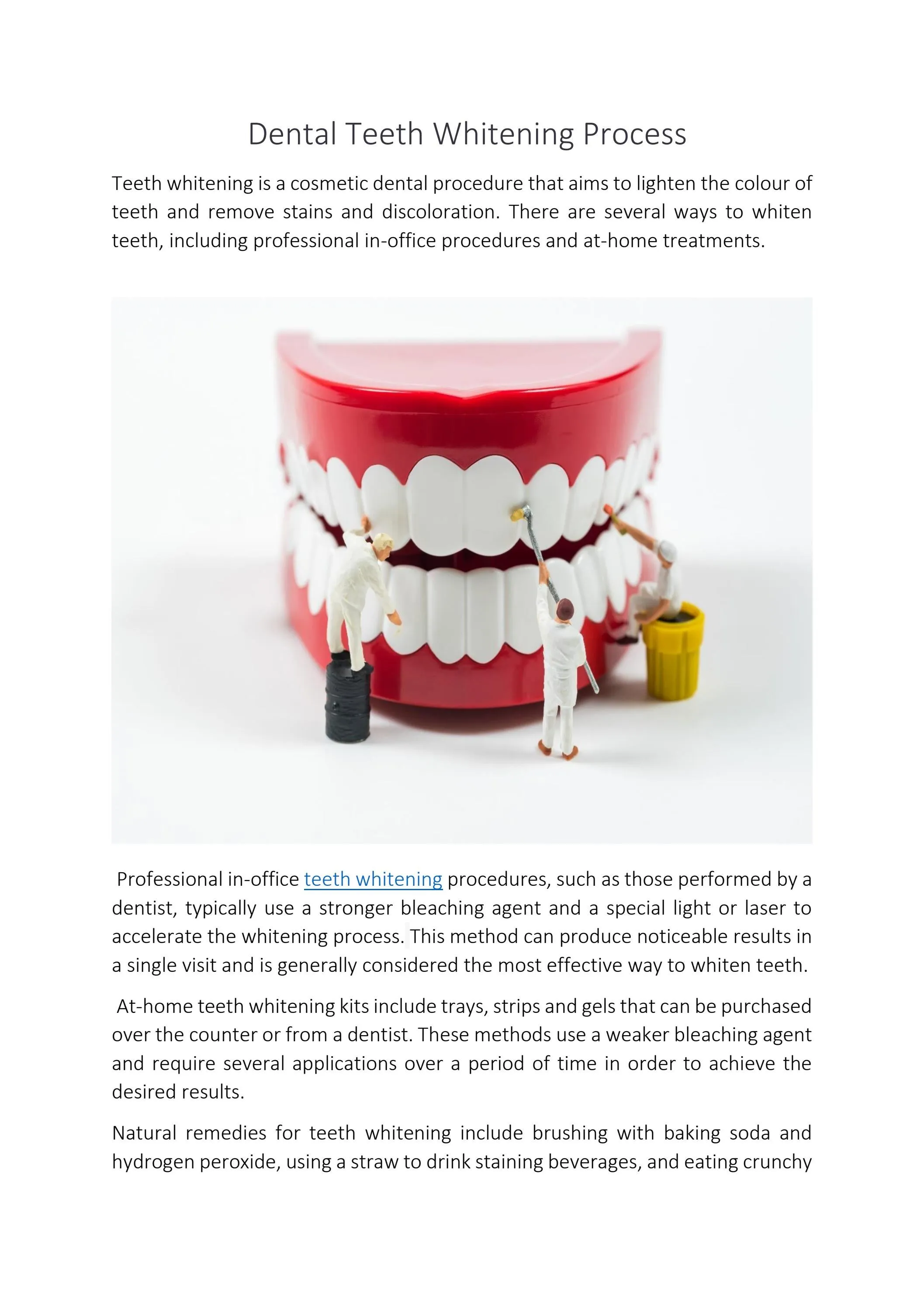What is Teeth Whitening
Teeth whitening, also known as tooth bleaching, is a popular cosmetic dental procedure designed to lighten the shade of your teeth. It involves removing stains and discoloration from the tooth enamel, resulting in a brighter and more aesthetically pleasing smile. Various factors can cause teeth discoloration, including aging, genetics, diet (coffee, tea, red wine), smoking, and certain medications. Teeth whitening procedures aim to address these issues, helping individuals achieve a more confident and radiant smile. The process typically involves the use of bleaching agents, such as hydrogen peroxide or carbamide peroxide, which penetrate the enamel and break down the stain molecules. The effectiveness of teeth whitening depends on the type of stain, the chosen procedure, and the individual’s oral hygiene habits.
Types of Teeth Whitening Procedures
There are several types of teeth whitening procedures available, catering to different needs and preferences. These can be broadly categorized into in-office and at-home treatments. In-office whitening is performed by a dentist, offering immediate and often more dramatic results. At-home treatments include over-the-counter products and dentist-prescribed kits. Each method has its own set of advantages, disadvantages, and suitability depending on the severity of the discoloration and the patient’s lifestyle. The choice of procedure should be made in consultation with a dental professional to ensure the best outcome and to minimize potential risks. Understanding the different procedures is crucial for making an informed decision about achieving a brighter smile.
In-Office Teeth Whitening
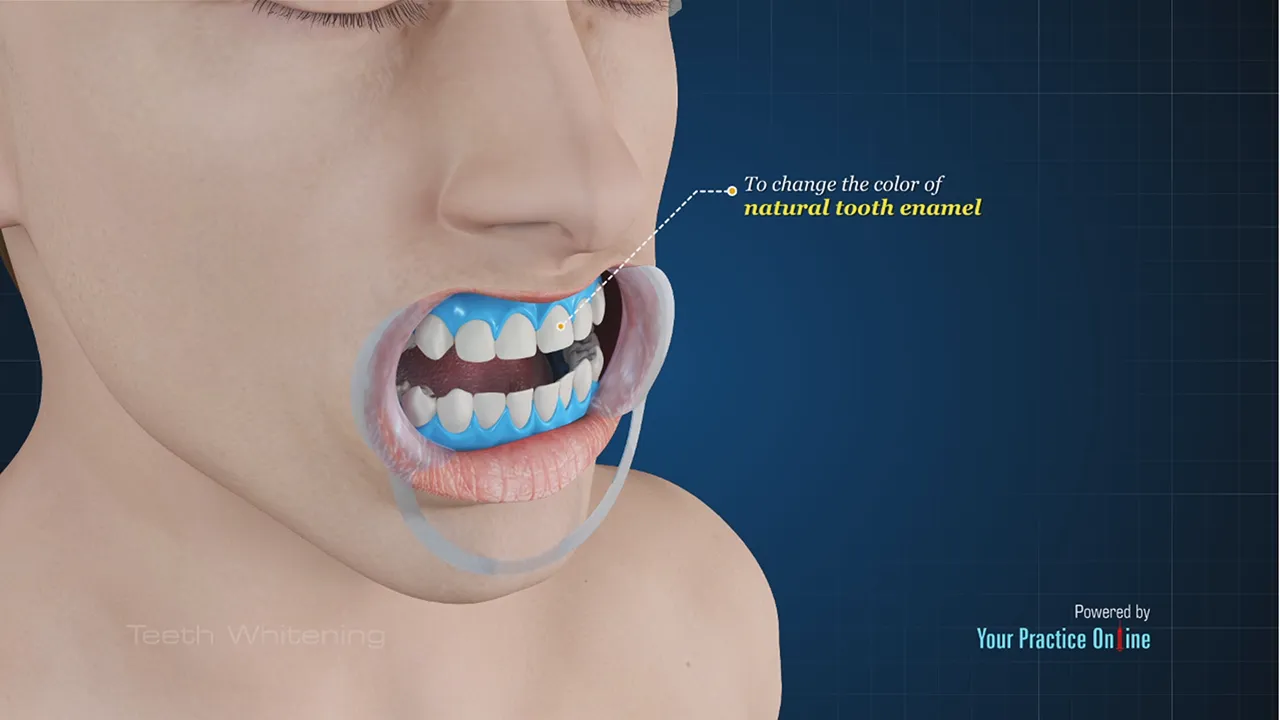
In-office teeth whitening, also known as professional teeth whitening, is a procedure performed by a dentist in a clinical setting. This method offers the most rapid results, often lightening teeth several shades in a single visit. The dentist applies a high-concentration bleaching agent to the teeth, which is then activated using a special light or laser. This process accelerates the whitening process, providing noticeable improvements in a short amount of time. In-office whitening is ideal for those seeking immediate results and for individuals with significant tooth discoloration. The dentist monitors the entire process, ensuring the safety and effectiveness of the treatment. It’s a controlled environment, minimizing the risk of sensitivity and other potential side effects.
How in-office teeth whitening works
The process of in-office teeth whitening involves a series of carefully executed steps. First, the dentist will examine the patient’s teeth and gums to determine if they are suitable candidates for the procedure. A protective barrier is then applied to the gums to prevent irritation from the bleaching agent. Next, a high-concentration hydrogen peroxide gel is applied to the teeth. A special light or laser is often used to activate the gel, speeding up the whitening process. The gel is left on the teeth for a specific period, and the process may be repeated several times during the session. After the treatment, the dentist will remove the gel and provide aftercare instructions. The entire process usually takes about an hour, offering a significant improvement in tooth shade.
Advantages of in-office whitening
In-office whitening offers several advantages over at-home methods. The most significant benefit is the speed of the results. Patients can see a dramatic improvement in their smile in just one appointment. The dentist-supervised environment ensures safety and effectiveness, minimizing the risk of complications. The higher concentration of bleaching agents used in-office is more potent than those available in at-home kits, leading to more significant whitening effects. In addition, the dentist can address any sensitivity issues that may arise during the procedure. This method is also more effective for stubborn stains that may not respond to at-home treatments. The controlled environment ensures that the procedure is carried out safely and effectively.
At-Home Teeth Whitening
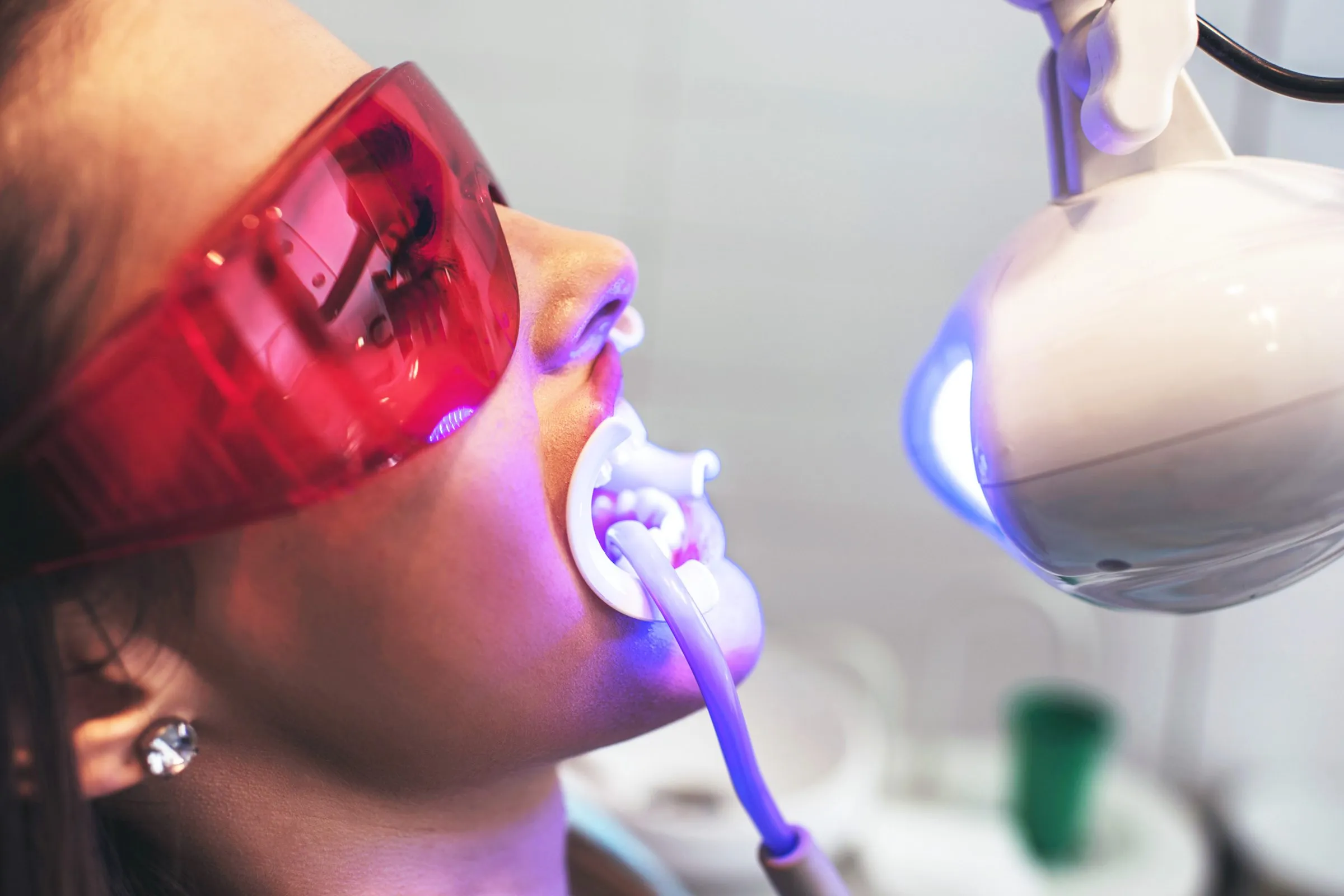
At-home teeth whitening offers a convenient and cost-effective alternative to in-office procedures. This approach involves using whitening products in the comfort of your own home. There are two main categories of at-home whitening: over-the-counter products and dentist-prescribed kits. Over-the-counter options are readily available at pharmacies and supermarkets, while dentist-prescribed kits are tailored to the individual’s needs. At-home whitening typically takes longer to produce results than in-office treatments, but it can be a practical choice for maintaining a brighter smile or for those with less severe discoloration. It is important to follow the instructions carefully to ensure the best results and to minimize potential side effects.
Over-the-counter teeth whitening products
Over-the-counter (OTC) teeth whitening products are widely accessible and come in various forms, including whitening strips, toothpastes, and gels. Whitening strips are thin, flexible strips coated with a peroxide-based whitening agent, which are applied directly to the teeth. Whitening toothpastes contain mild abrasives and whitening agents to remove surface stains. Whitening gels are applied using a tray, similar to those used in dentist-prescribed kits, but with lower concentrations of the whitening agent. These products are generally less potent than professional treatments, so results may be more subtle and take longer to achieve. It’s important to read and follow the instructions on the product packaging carefully to avoid any adverse effects, such as gum irritation or tooth sensitivity.
Prescription-strength at-home whitening
Prescription-strength at-home whitening involves using a custom-fitted tray and a stronger whitening gel prescribed by a dentist. The dentist takes impressions of the patient’s teeth to create a custom tray that fits perfectly, ensuring even coverage of the whitening agent. The patient fills the tray with the gel and wears it for a specified amount of time each day, typically for several hours or overnight, depending on the dentist’s instructions. This method offers a more powerful whitening effect than OTC products while still allowing the patient to whiten their teeth in the convenience of their home. The dentist monitors the progress and provides guidance to ensure the best results and to address any sensitivity issues.
Advantages of at-home whitening
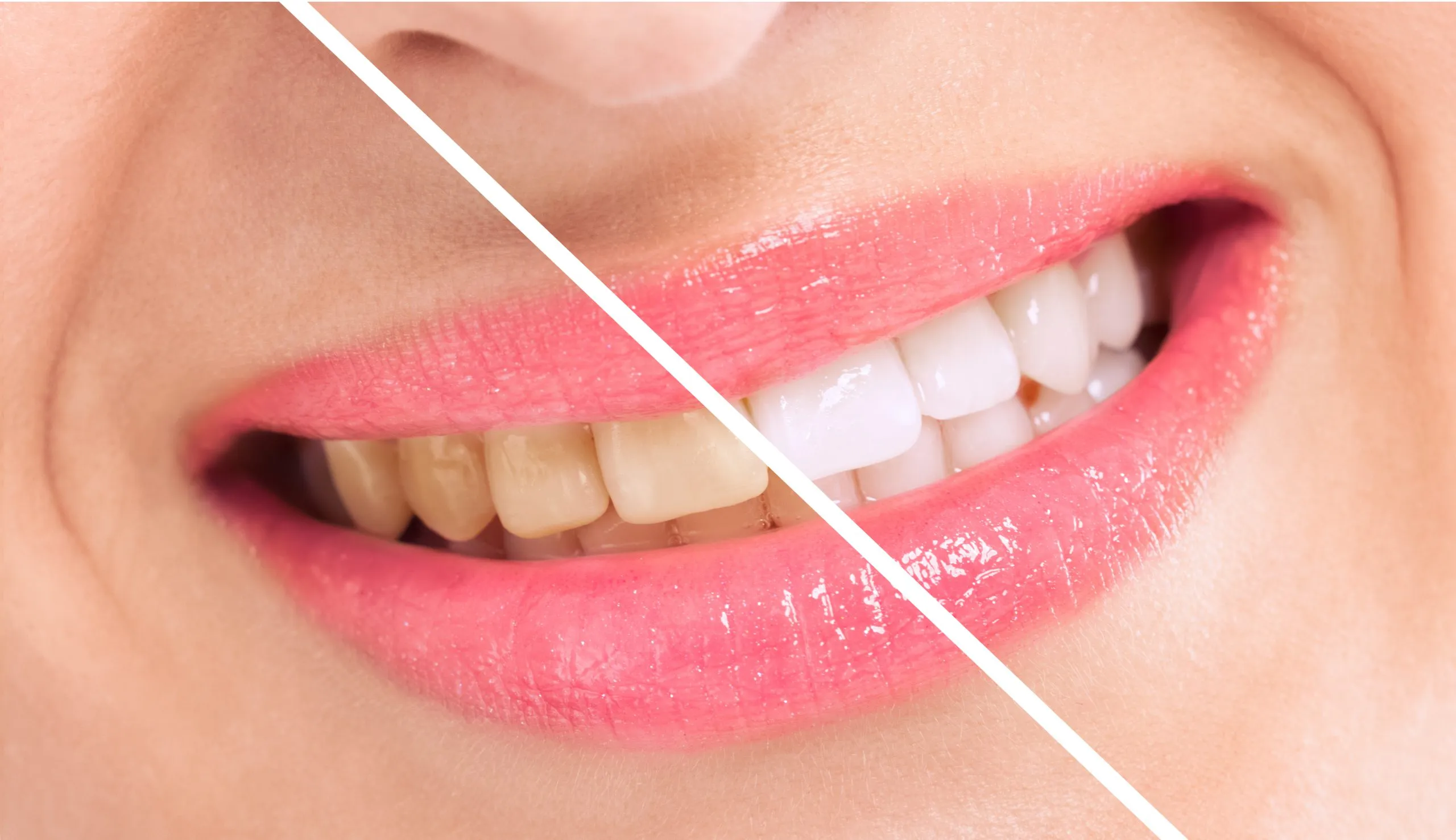
At-home teeth whitening offers several advantages, including convenience and affordability. It allows individuals to whiten their teeth at their own pace and in the comfort of their homes. At-home treatments are typically less expensive than in-office procedures, making them a budget-friendly option. For those with mild to moderate staining, at-home whitening can provide satisfactory results. Dentist-prescribed kits offer a balance of effectiveness and safety, as the dentist can monitor the patient’s progress and provide guidance. At-home whitening is a convenient option for maintaining a bright smile after an in-office treatment or for individuals who prefer a more gradual approach. It’s essential to adhere to the product instructions and consult with a dentist for personalized advice.
Teeth Whitening Procedures: Costs and Considerations
The cost of teeth whitening procedures varies depending on the type of treatment and the location. In-office whitening is generally more expensive than at-home options due to the dentist’s expertise, the use of advanced equipment, and the immediate results. At-home whitening products, such as over-the-counter strips and toothpastes, are the most affordable options. Prescription-strength at-home kits prescribed by a dentist are typically priced between the OTC products and in-office treatments. Other factors that can influence the cost include the severity of the discoloration, the number of treatments required, and the dentist’s fees. It’s crucial to discuss the costs and benefits of each procedure with your dentist to make an informed decision.
Factors Affecting Teeth Whitening Costs
Several factors can affect the cost of teeth whitening procedures. The dentist’s fees and the location of the dental practice play a significant role. The type of whitening procedure chosen also influences the cost, with in-office treatments being the most expensive. The materials and technology used, such as the type of light or laser, can also impact the price. The extent of the discoloration and the number of treatments needed to achieve the desired results can increase the overall cost. Additional factors to consider include the need for pre-whitening treatments, such as professional cleaning, and any follow-up appointments required. Comparing prices from different dental practices and understanding what is included in the cost is essential before making a decision.
Post-Whitening Care and Maintenance
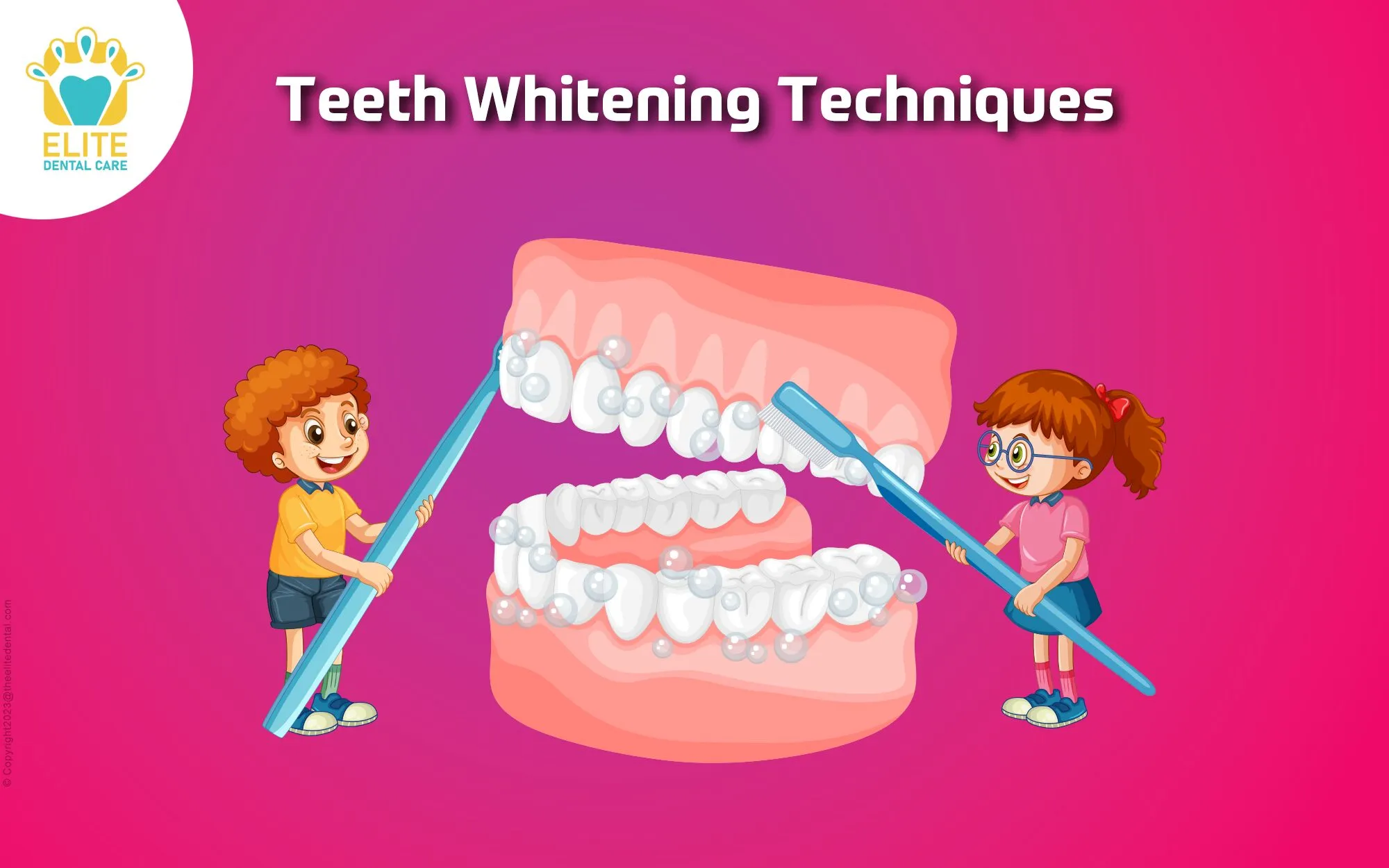
After undergoing a teeth whitening procedure, proper post-whitening care is essential to maintain the results and prevent future discoloration. This involves avoiding foods and drinks that can stain the teeth, such as coffee, tea, red wine, and berries, for a period after the treatment. It is also important to practice good oral hygiene, including brushing twice a day with a whitening toothpaste and flossing daily, to remove surface stains and plaque. Regular dental check-ups and professional cleanings are recommended to maintain oral health and to keep the teeth bright. The use of a touch-up whitening treatment at home, as recommended by the dentist, can also help to maintain the results over time. Following these post-whitening care tips will help in preserving the brighter smile for a longer period.
Maintaining Your Bright Smile
Maintaining a bright smile after teeth whitening requires consistent effort and attention. Regular dental check-ups and professional cleanings are crucial for maintaining oral health and removing surface stains. Avoiding stain-causing foods and drinks, such as coffee, tea, and red wine, is recommended to prevent discoloration. If consuming these beverages, drinking them through a straw can help minimize contact with the teeth. Smoking should be avoided, as it is a major contributor to tooth staining. Using a whitening toothpaste and mouthwash can help to remove surface stains and maintain the brightness of the teeth. Following a consistent oral hygiene routine, and considering touch-up treatments as recommended by your dentist, will ensure a long-lasting, radiant smile.
